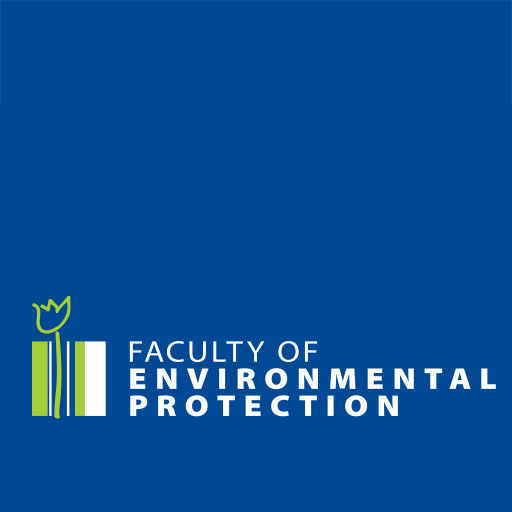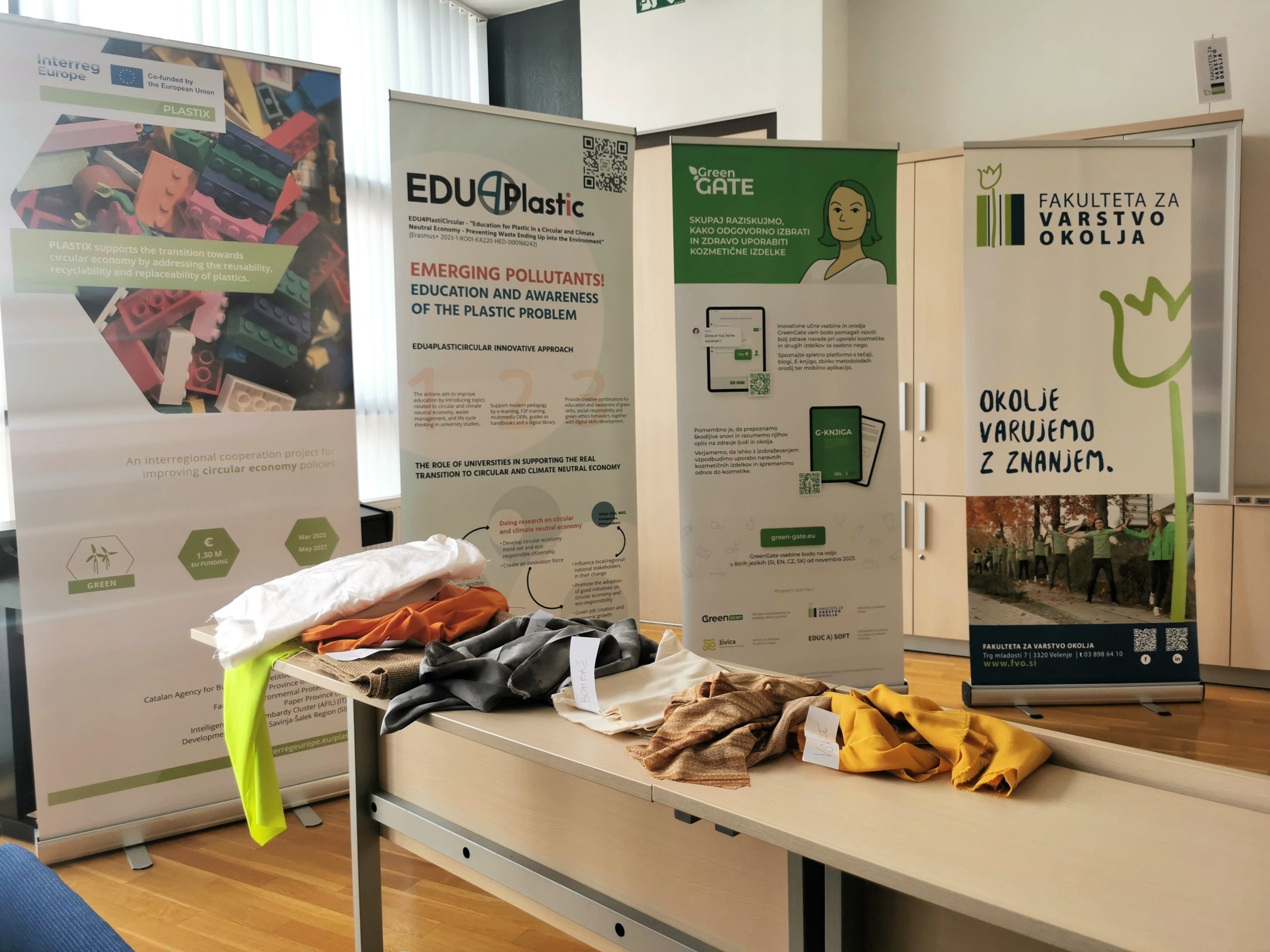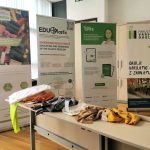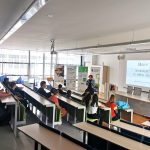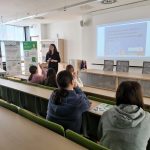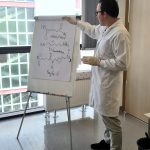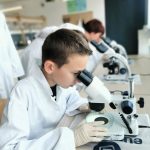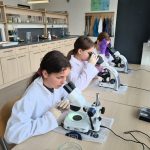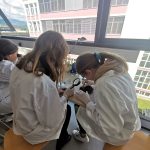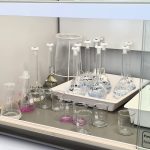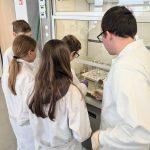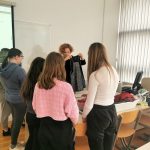This week we celebrated three important international days, Earth Day, Second Hand Clothes Day and No Food Waste Day.
This year’s Earth Day theme was Planet Against Plastic. Plastic can be found almost everywhere, including in our clothes and even in our food.
The fashion industry is one of the major industrial polluters of the environment today. Global production of textile fibres is growing exponentially, even surpassing the growth rate of the world’s population. Projections show that we are heading towards a saturation of the textile market, as the phenomenon of frequent shopping for new clothes and short-term wear increases with the development of fast fashion. More than 10 million tonnes of synthetic textiles are produced each year and production is still growing at around 6% per year. Synthetic fibres (e.g. polyester, nylon, acrylic, elastane, etc.) are used in around 70% of our clothing (UTMUN 2021). Why? Because they are cheap and versatile, they create stretch and breathability in activewear, warmth and strength in winter clothing, they are characterised by high abrasion resistance, they offer a fine touch and feel.
But small fibres can tear from garments during wear, as well as during washing and drying, as a result of the mechanical and chemical stresses to which the fabrics are subjected. As a result, textile fibres can pass through waste water into larger bodies of water and, by air, into very remote environments. Textile fibres in the sea represent one of the key sources of microplastics, contributing as much as 35% of all primary microplastics in the sea (IUCN, 2019).
The traces and pitfalls of microplastics from our clothes were also recently taught to seventh-grade pupils of Anton Aškerc Velenje Primary School as part of a science day at FEP.
The pupils:
- made the synthetic polymer nylon from two very complex ingredients and learned how complicated it is to chemically identify these polymers,
- observed different shapes of microplastics under a microscope and with a magnifying glass and compared them with organisms and substances that can be found in the environment in micro-size,
- realised that there are a large number of textile materials that have their advantages and disadvantages,
- played a game of blind identification between natural and man-made textile materials,
- checked the incredible data on microplastics in our environment,
- learned about the mountains of textile waste along the African coast, and
- weighed nearly 18 kg of clothes containing 37.5% synthetic textile fibres!
At the end of the event, they visited the exhibition “No Way Are We Throwing Things Away”, which is hosted in our Gaudeamus exhibition centre.
With a lot of curiosity, enthusiasm and laughter, they found out that small actions in our daily lives can make a significant contribution to keeping our environment clean.
Educating young people is the way to a greener future!
